LSU Health New Orleans Precision Medicine Lab Hunts Omicron
December 1, 2021
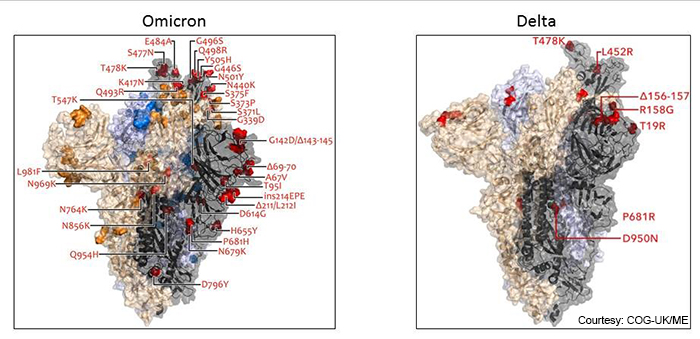
It’s a complex undertaking that starts with patient samples from PCR tests taken with the long swabs that reach so far up the nose that some patients claim touched their brains.
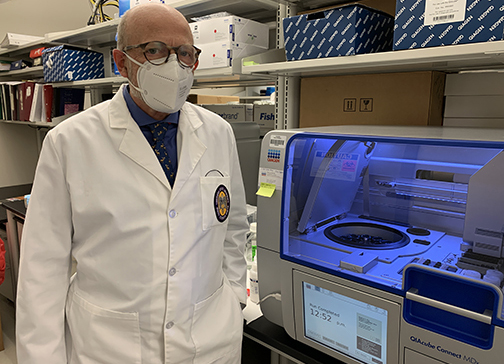
“These samples are loaded into a robot that extracts the viral RNA,” adds Miele. “The RNA is then copied into DNA, which is more stable. The DNA is then amplified into many overlapping pieces that are molecularly ‘barcoded’ and loaded into a specially designed flow cell. The flow cell is loaded into an automatic sequencer which produces millions of ‘reads’ of the overlapping pieces of DNA. The ‘reads’ are then assembled into a continuous sequence.”
BIE then compares the sequences produced by LSU Health to the canonical sequence of the original SARS-CoV2 and all its variants.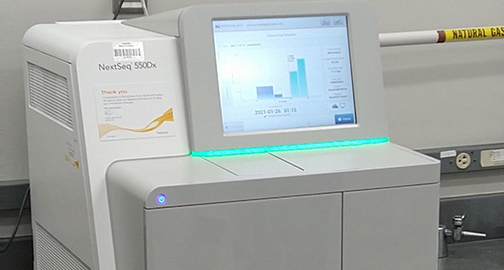
What the Omicron variant will do is a question that does not yet have an answer.
Omicron may also differ from other variants in another way, a way that concerns scientists around the world.
“Some of the mutations in Omicron suggest that it may be less sensitive to neutralizing antibodies,” Miele says. “These are antibodies that block the virus from entering cells. They recognize specific features of the S protein, and these features are changed in the Omicron variant. There is no published work yet, but it seems that serum from convalescent patients may not neutralize Omicron as well as other variants. This may mean that Omicron will be able to re-infect people who have been infected before or people who are vaccinated. However, we don’t really know to what extent this will happen in real life.”How severe the disease it causes is also unknown at this point.
Miele says it’s even more important now to practice mitigation measures.
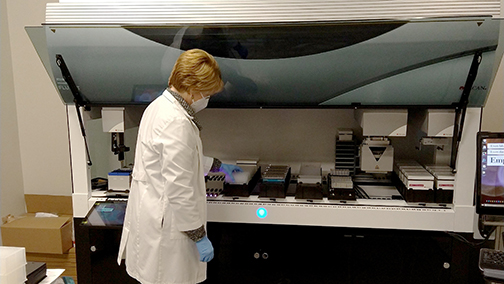
Vaccination rates are key.
“It is critical that vaccination rates increase, not only in the US but globally,” notes Miele. “Individuals who have been recently vaccinated and/or who have received boosters have very high levels of many kinds of antibodies as well as T-cells, and it’s likely that they will be protected from severe disease, hospitalization and death, even though they may not be protected from infection.”He continues, “Vaccine protection is not an all-or-nothing phenomenon. Even if a vaccine doesn’t stop infection, it may make the difference between a mild or asymptomatic disease and a fatal or life-threatening one.”
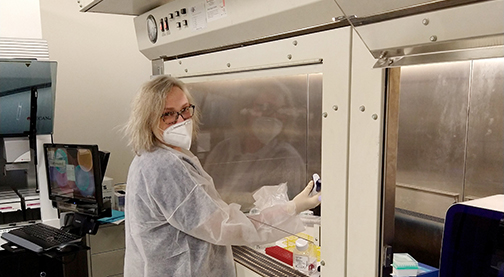
“This is an arms race between the virus and medicine. As the virus mutates, vaccine effectiveness will inevitably decline, as it happens yearly with the influenza virus. However, a great advantage of mRNA vaccines is that they can be readily adapted to new viral variants in a matter of weeks.”
“We have a state-of-the-art facility operated by highly dedicated professionals who are devoting most of their time to serving the public by surveying viral variants.”
